Sea Tigers Submarine Yard
Remains of military submarines built in secret jungle factories by the Tamil guerrillas' naval wing.
These submarines wouldn’t be out of place in a 1950s sci-fi flick, but in fact, they are warzone remnants of the long and bloody Sri Lankan Civil War. These deserted vessels were homemade in secret in makeshift factories in Tamil Tiger-occupied territory by the rebels’ naval wing.
The Mullaitivu district on Sri Lanka’s northeastern coast was the site of the naval base of the LTTE, Liberation Tigers Tamil Eelam, aka Tamil Tigers. The harbor here served as the headquarters of the so-called Sea Tigers, the formidable naval wing of the insurgent operation. Among their various ambitious activities, the Sea Tigers engineers built a number of submarines.
In 2009, as Sri Lankan government troops were advancing deeper into Tiger-held northern territory shortly before the end of the war, troops made a startling and key discovery. They stumbled on a deserted submarine boatyard near Puthukkudiyiruppu in the country’s Mullaitivu district, where Sea Tigers were manufacturing secret underwater vessels.
As the Tigers retreated further into the jungle during the government’s final push against the LTTE, the rebels left ghost camps behind, including this crude submarine workshop. In the boatyard, the Sri Lankan Army discovered four submersibles and semisubmersibles. (Finding true submarines was rare, as they very difficult to build.)
This included three terrorist suicide boats in mid-construction and unused, a crudely built mini-sub, and an unfinished steel hull of a larger submarine. What the larger one was supposed to be used for, however, is unknown.
As the LTTE grew from a guerrilla movement to more sophisticated they built up a strategically vital naval wing, the Sea Tigers, which constructed, in secret in the jungle in Tiger territory, a range of novel, experimental vessels. They made up for their lack of open ocean capability with innovative boats like explosive suicide vessels and crude submarines. Some of the unconventional designs were ineffective but others were substantial. Others are so unusual it’s unclear how they were planned to be used, and there is ongoing research attempts to make sense of the Sea Tiger’s homemade fleet.

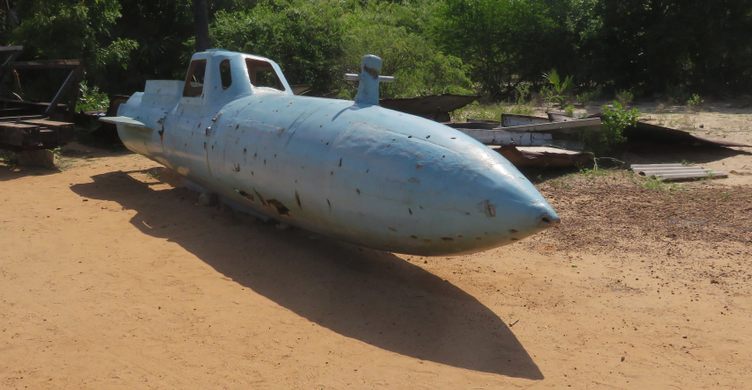
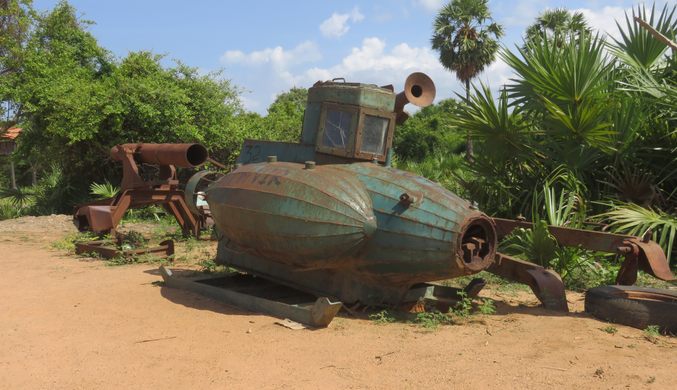
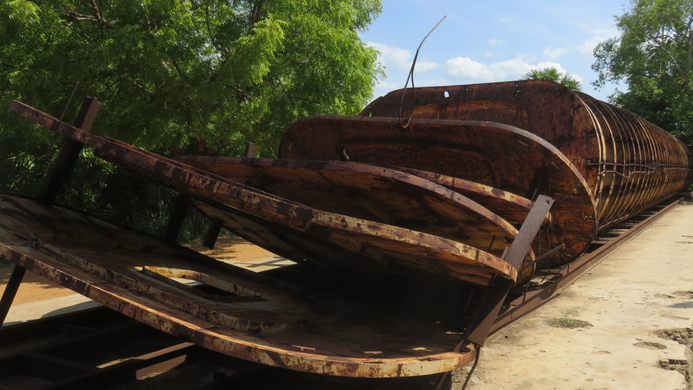
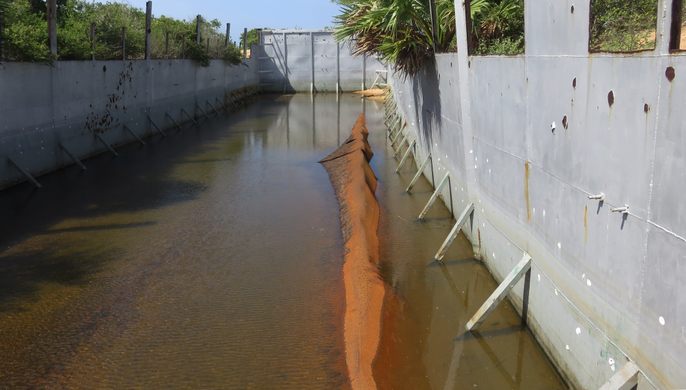
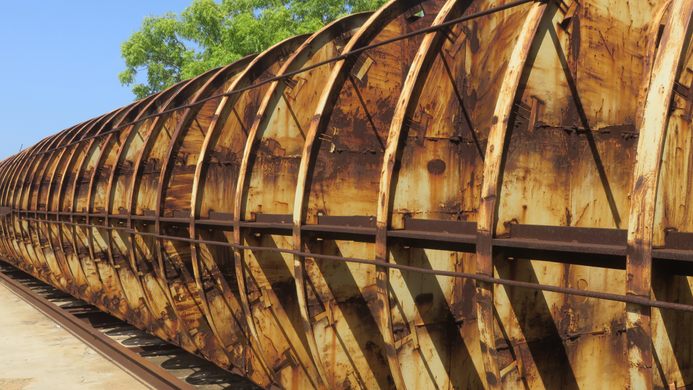







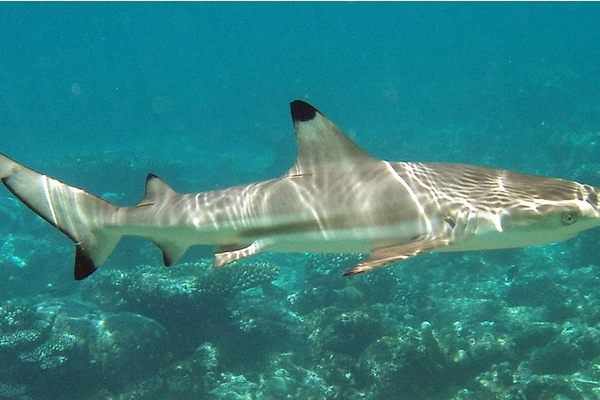




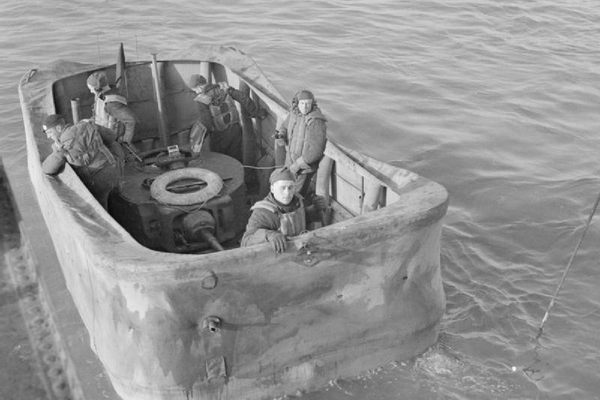



Follow us on Twitter to get the latest on the world's hidden wonders.
Like us on Facebook to get the latest on the world's hidden wonders.
Follow us on Twitter Like us on Facebook